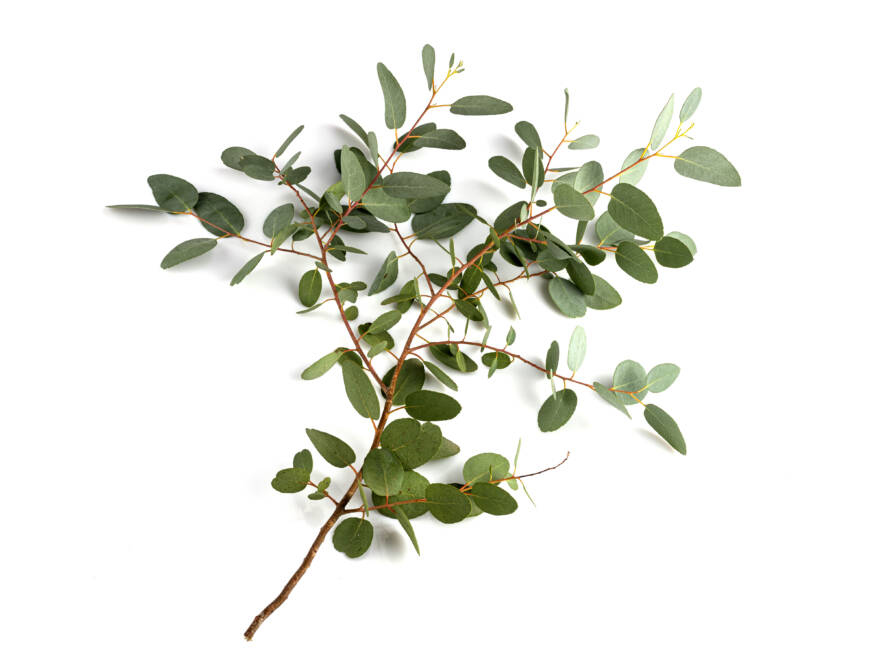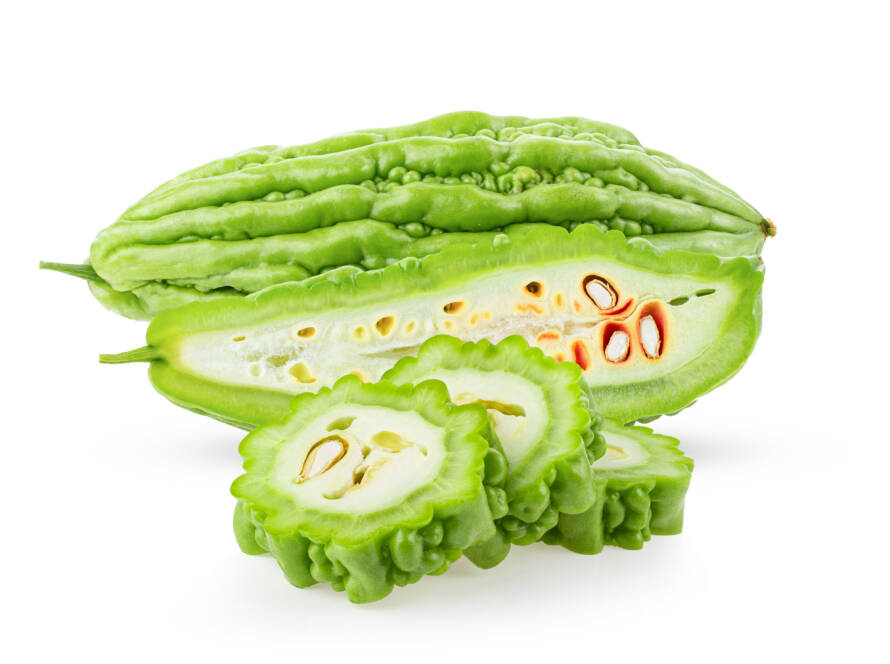Dong Quai
Introduction
This fact sheet provides basic information about Dong Quai, a herb widely used in traditional Chinese medicine. It remains popular in China and other regions for treating various health issues, including menstrual disorders, rheumatism, and allergy symptoms. Dong Quai is also promoted for similar uses in the American herbal market.
Common Names
- Dong Quai
- Danggui
- Tang-Kuei
- Chinese Angelica
Latin Name
- Angelica sinensis
What It Is Used For
- Dong Quai, often called Chinese Angelica, is primarily used for treating female conditions. In traditional Chinese medicine, it is sometimes called female ginseng.
- It is commonly included in herbal combinations to address abnormal menstruation, such as suppressed menstrual flow, dysmenorrhea (painful menstruation), and uterine bleeding.
How It Is Used
Dong Quai is typically prepared as a root ground into powder and taken in capsule or tablet form. The usual dosage for women is 3 to 4 grams per day, but following the manufacturer’s directions on the label is essential, as the strength of commercial preparations may vary.
What the Science Says
Dong Quai root has a long history of being used as a spice, tonic, and medicine in China, Korea, and Japan. However, few definitive studies provide conclusive evidence regarding its efficacy.
Side Effects and Cautions
- According to traditional Chinese medicine, Dong Quai is not recommended for treating menopause or related symptoms, such as hot flashes. It is not an estrogen replacement and does not exhibit hormone-like effects on the body.
- Individuals with fair skin may experience increased sensitivity to sunlight when using Dong Quai.


